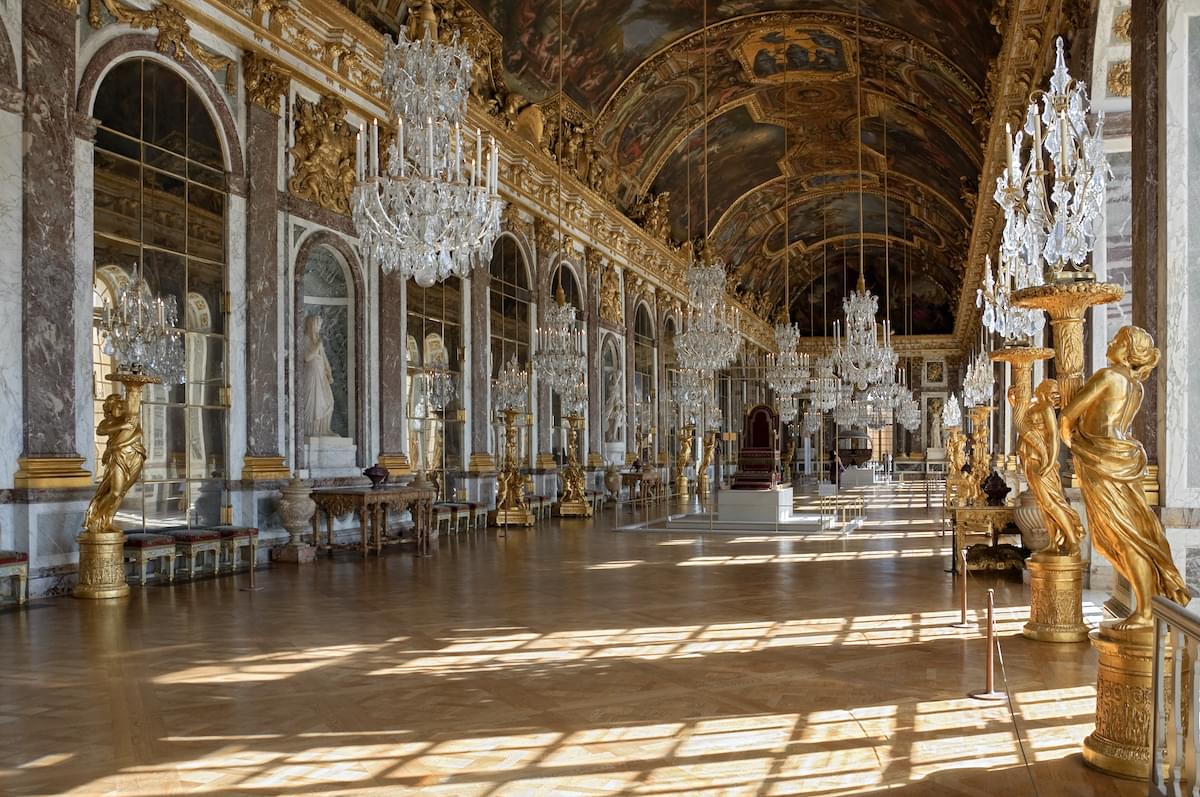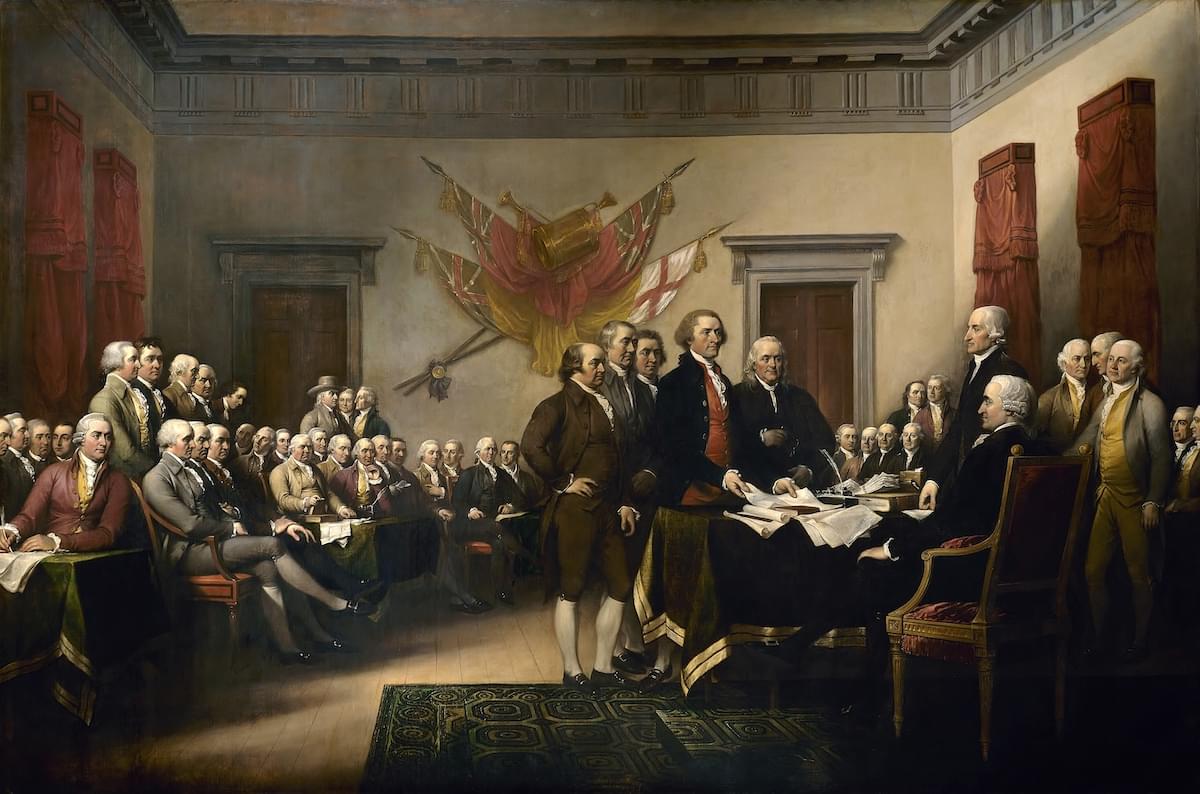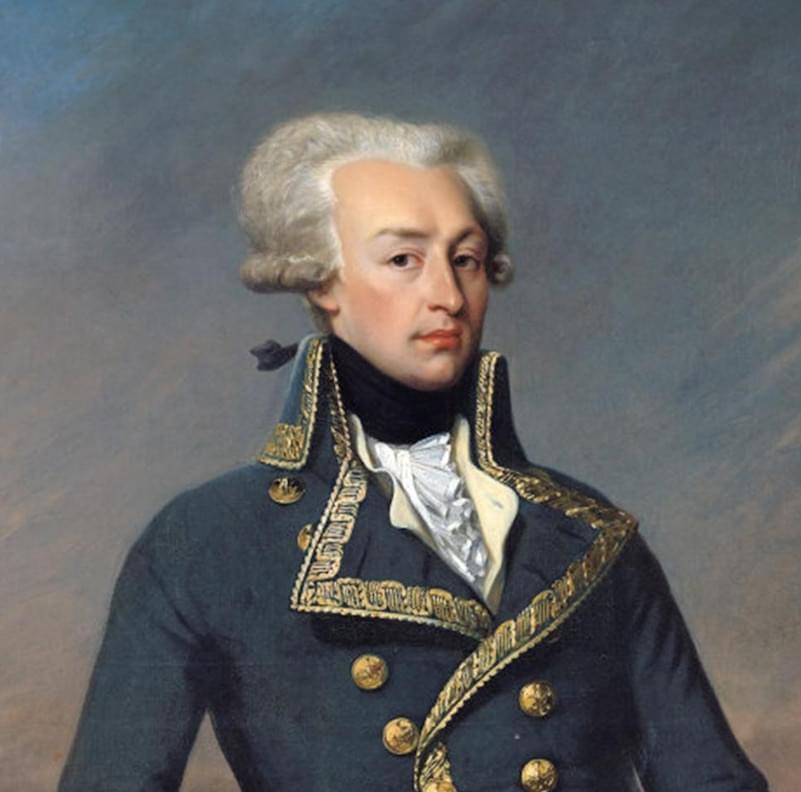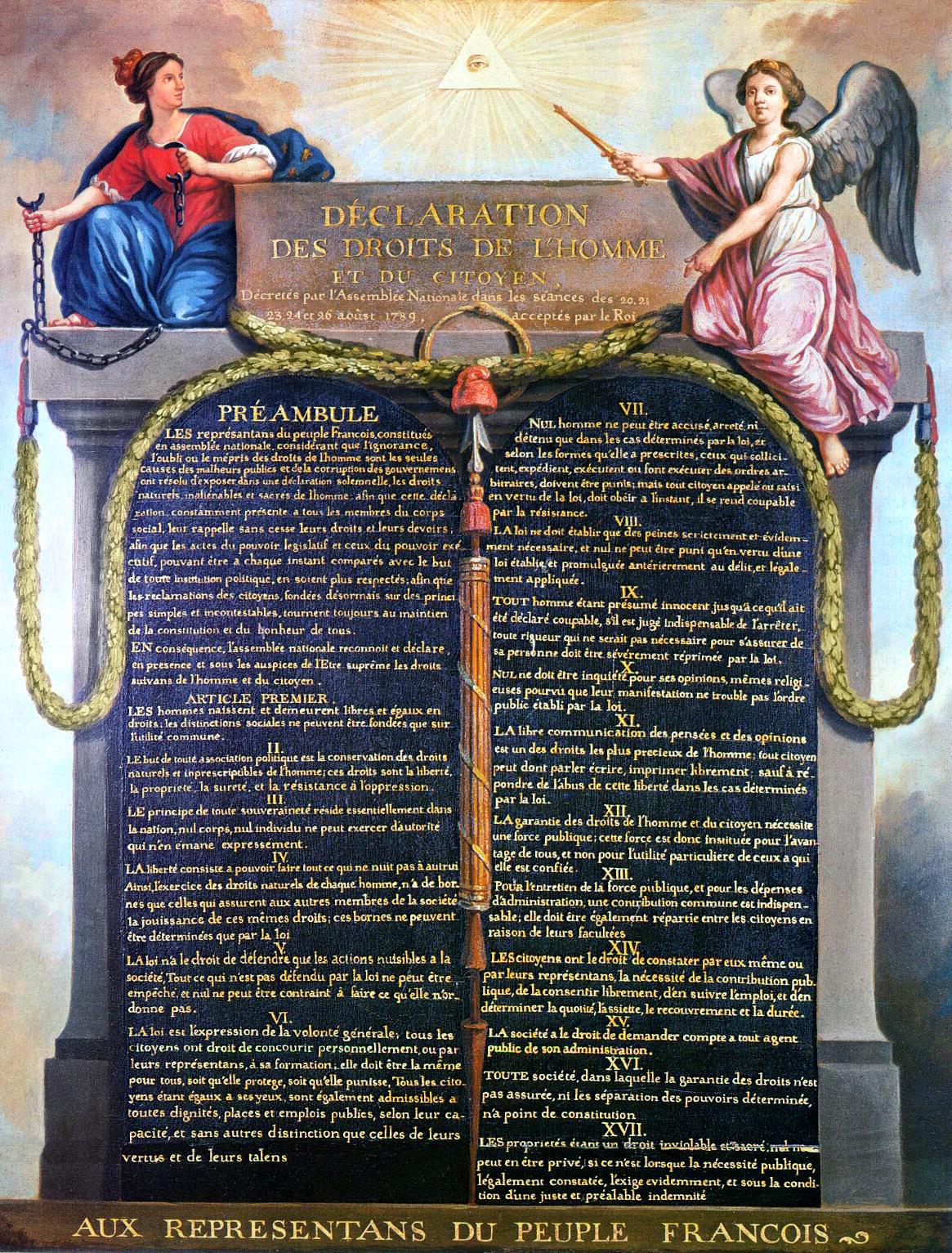Search & Discover
Story 3
Versailles
When the King of France, Louis XIV, ordered the creation of Versailles it became a symbol of over-the-top splendor. It was a palace with more than 2,300 rooms, geometric gardens, marble courts, beautiful fountains, a zoo, and even secret elevators. The Hall of Mirrors had 17 arches, mirrors placed opposite all the arches to reflect the light, 43 chandeliers that held 20,000 candles, red marble, and magnificent art works. It was meant to represent the glory of the Sun King himself.
And it was paid for by taxes from people who had poor homes, little
food, small farms, and struggling businesses. By the time of Louis
XVI, the differences between the rich and poor and between the
workers and the wealthy had risen to the breaking point. Those
without power wanted equality. Those who labored wanted comfort.
Those who were denied wanted justice.
Revolution!

Remember: You can click or tap on any image on this page to view it in a hi-res, large format.
“Rights of Man”

At the table,
far left: John Adams;
far right: Benjamin Franklin;
putting papers on the table: Thomas Jefferson;
John Hancock is seated
Documents declaring the “rights of man” date back to 1215, the year in which the Magna Carta (Great Charter) was signed. The Preamble and the first Article refer the most directly to universal rights. Most of the Articles refer to actions and rights that were important at the time.
Written on parchment, in Latin, the Magna Carta was the first written constitution in European history. When writing their own Declaration of Independence and Constitution, the American colonists used the Magna Carta as a model.
The American Declaration of Independence was written in 1776, 13 years before the French Declaration. If you compare this text with the articles in the French Declaration, you will find similarities.
The Declaration of the Rights of Man and of the Citizen was written by a committee of 40 men under the leadership of General Lafayette, who himself had consulted with Thomas Jefferson. Lafayette fought under George Washington during the American Revolutionary War. After returning to France, Lafayette continued to support the interests of the newly formed United States.


Jean-Jacques-François Le Barbier created a famous painting of the Declaration of the Rights of Man. The articles are engraved on tablets. In the upper left there is a broken chain, symbolizing freedom. In the middle there is an equilateral triangle, symbolizing equality. In the upper right corner the bound sticks represent solidarity and the law.
Beethoven and Napoleon
As a young man Beethoven often described himself as a “democrat.” When he was 22 he wrote in a friend’s notebook, “Love liberty above all things.” He admired Napoleon Bonaparte because he believed that Napoleon was bringing order to France after the storm of the French Revolution and protecting the rights of the people. He had decided to name his third symphony “Buonaparte.” But before the symphony could be published Beethoven learned that Napoleon had declared himself Emperor.

Heroic Horns

The actual dedication of the Eroica Symphony was to Prince Joseph Franz Maximilian Lobkowitz. The Prince not only paid Beethoven a fee for the dedication, but offered his own palace for the rehearsals and performances. He even hired 22 extra musicians to meet the demands of Beethoven’s score.
One special musician was definitely an extra—the third horn player! Until that time there had never been more than two horn players in a symphony orchestra. Why did Beethoven need that extra horn? You can hear why if you listen to these parts of the third movement of the Eroica Symphony.
The first performance of the symphony was for a private audience invited to the Prince’s elegant concert hall, a room now called Eroica Hall. This section of a film about Beethoven is not too accurate about some details, but it will give you an idea of what a rehearsal for that performance might have been like. And why those horns were important!
One more “extra!” You can hear the entire Eroica Symphony as performed in the film. As the symphony plays you sometimes see the score (in manuscript copy) and sometimes see members of the orchestra, here playing on instruments that would have been used in Beethoven’s time. You can imagine yourself at the Eroica premiere!